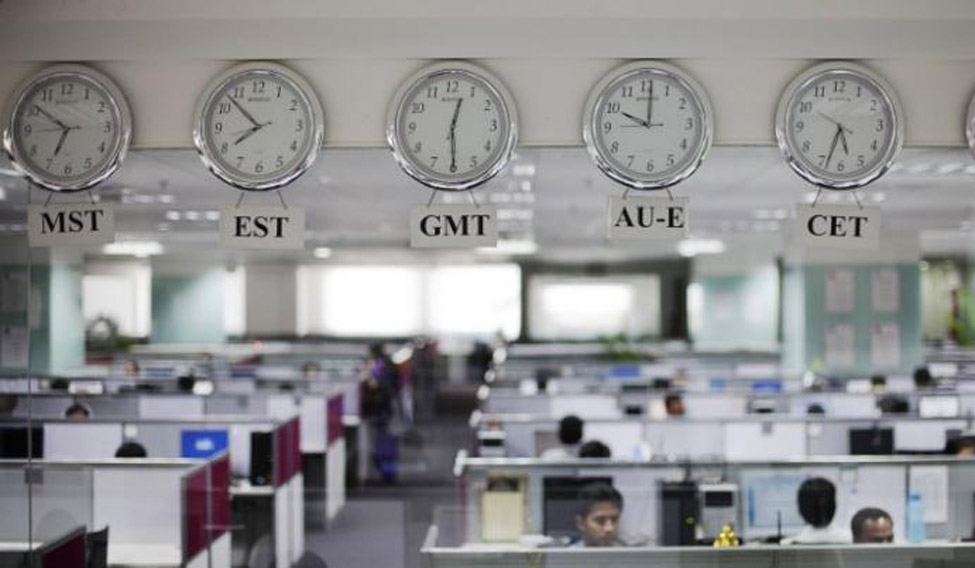Arunachal Pradesh Chief Minister Pema Khandu, on Monday, once again put voice to a demand that the north eastern states have been regularly asking for – a separate time zone. The demand is scientific, and the experience of countries such as the U.S. and Canada, which handle multiple time zones comfortably, shows that it is not too difficult to adapt to an eastern time in India. However, the Centre has, so far, remained fixed in its One Country One Time stand.
The Indian Standard TIme (IST) is 5 hours 30 minutes ahead of the Greenwich Mean Time. It is calculated from the 82.5° E longitude, that runs through Mirzapur in Uttar Pradesh, close to Allahabad. However, the east-west expanse of India is large – around 2,000 km from Gugariyana in Rann of Kutch in the west, which is at a longitude of 68.5° E, to Kibithu in Arunachal Pradesh in the east at a longitude of 97.4° E, covering 29 degrees of longitude.
According to established norms, the time difference between each degree of longitude is four minutes. Thus, the actual time difference between India's longitudinal extremities is around two hours. More importantly, the difference between the IST and the far eastern time is 15 degrees, which translates to one hour, almost the same as the time difference between the western extremity and the IST.
This, in effect, means that people in the east are waking up long past the crack of dawn, and spend the latter part of the afternoon in gathering dusk. While it is evening for mainland India, here it is already pitch dark.
Assamese filmmaker Jahnu Barua, who has been campaigning for a separate time zone for the east since three decades, told THE WEEK earlier that for decades, the north east has been forced to set its routine against the normal body clock, which leads to multiple health problems in the long run and also cuts down productive working hours. In earlier decades, the official time made little difference to rural areas, which set their bodies with the rise and set of the sun. But with electrification and internet connectivity, the rural swathes too are waking and sleeping at the wrong time, and worse, setting their meals by a wrong clock.
Khandu has only lent his voice to a demand that is periodically raised, but mostly ignored. In 2014, then Assam Chief Minister Tarun Gogoi of the Congress had made a similar demand, which went ignored. In 2001, a four-member committee was appointed to examine the need for multiple time zones, and even daylight saving. The committee submitted its report to Parliament in 2004, stating that since IST was chosen from the central Meridian running down India, it was fine, and there was no need for either different time zones or daylight saving. Previously, in the 1980s, there had been a demand for a binary time, as was once practised under British India.
Yes, there was a time when all of India was not covered by a standard time. It was the time of undivided India when the east-west expanse was much greater. India's time zones were first established in 1884, with a binary system – Bombay Time and Calcutta Time, which were nearly half an hour apart. Bombay Time was 4 hours 51 minutes ahead of GMT and Calcutta 5 hours 54 minutes. The railways, though preferred an in-between time, and opted for the Railway Time or Madras Time, precursor of the present IST. The IST was adopted in 1906, though Calcutta maintained its time zone officially till 1948 and Bombay till 1955.
So multiple time zones have been around in the past. It can be implemented. The question is, does the Centre want it?





